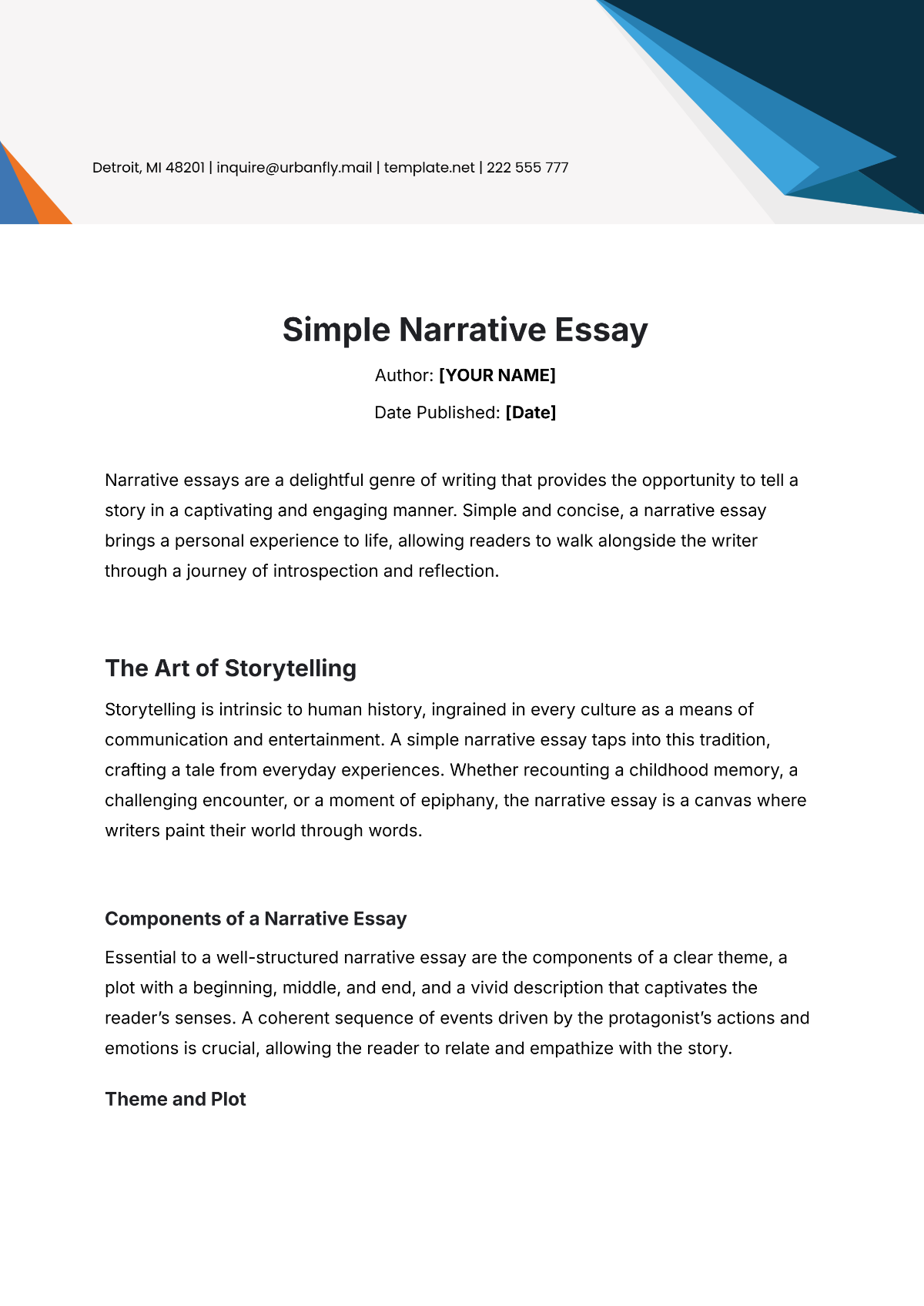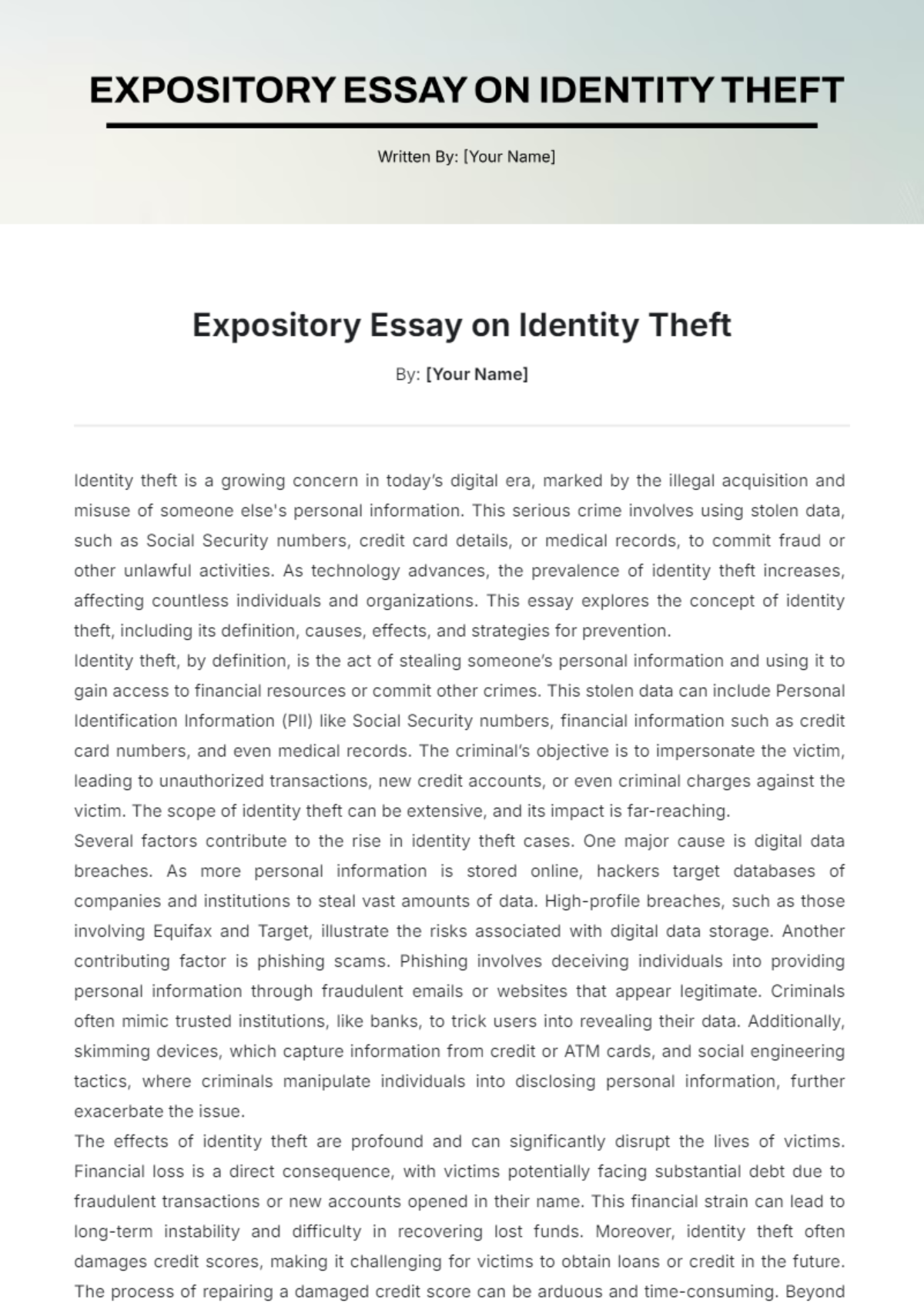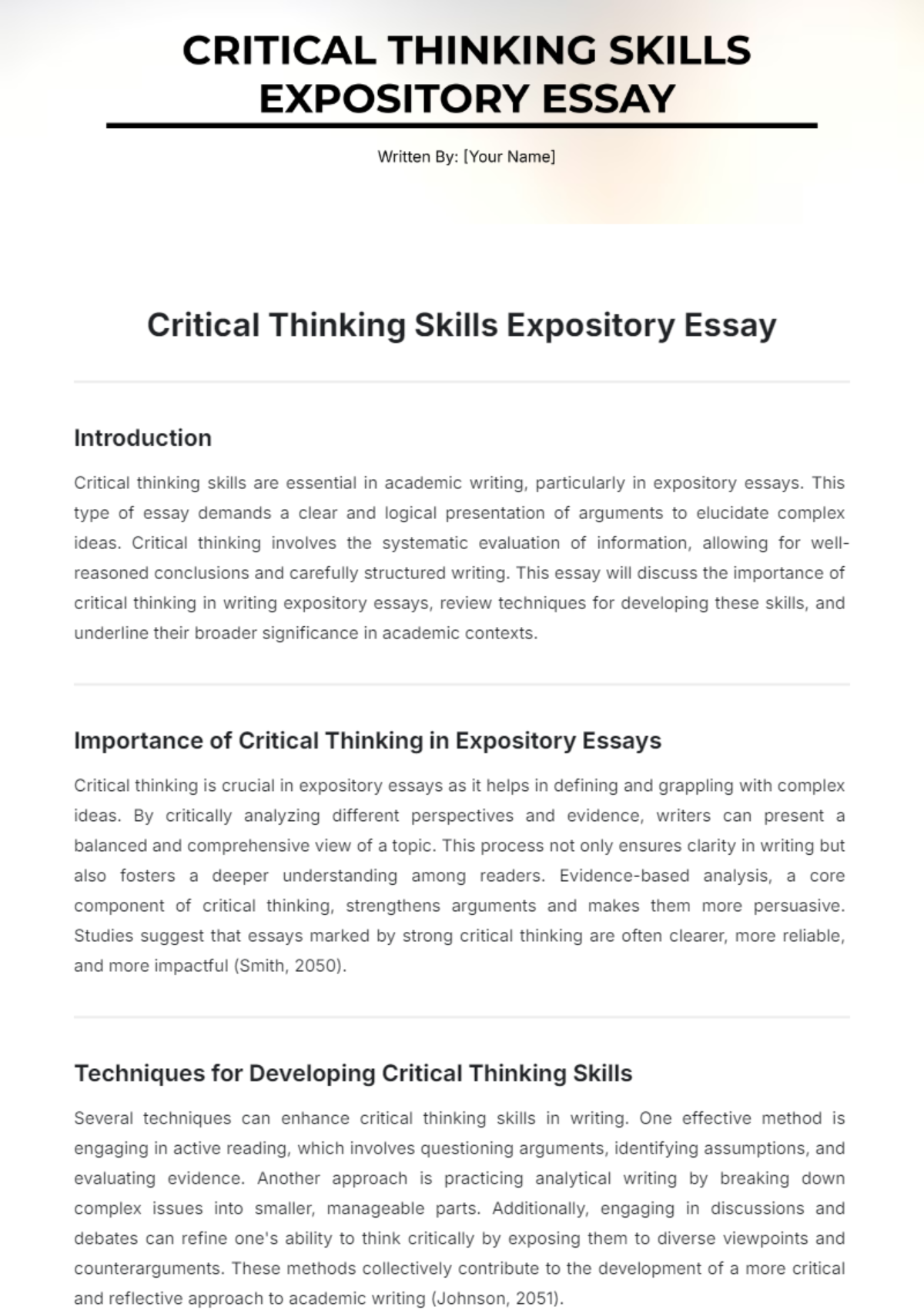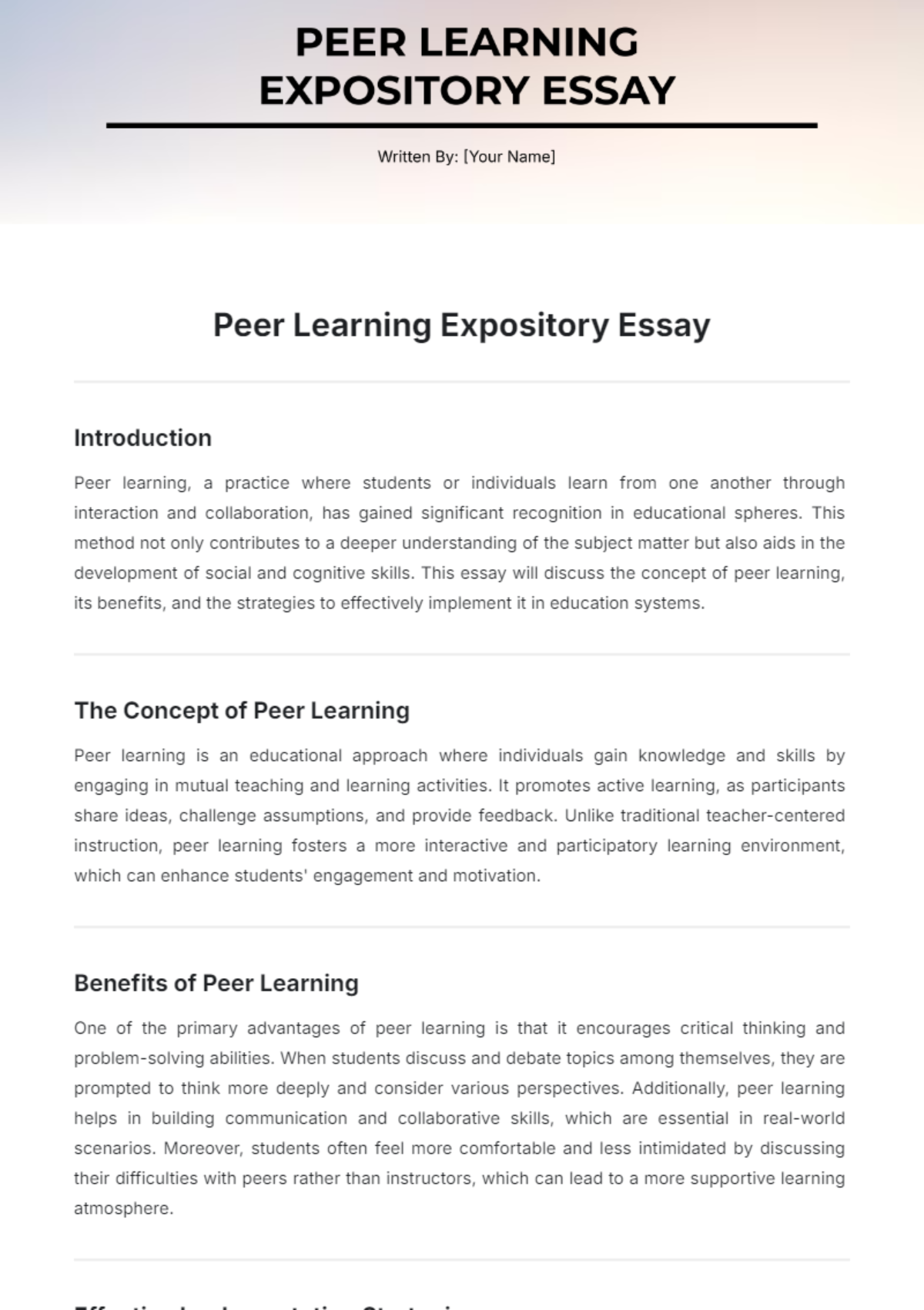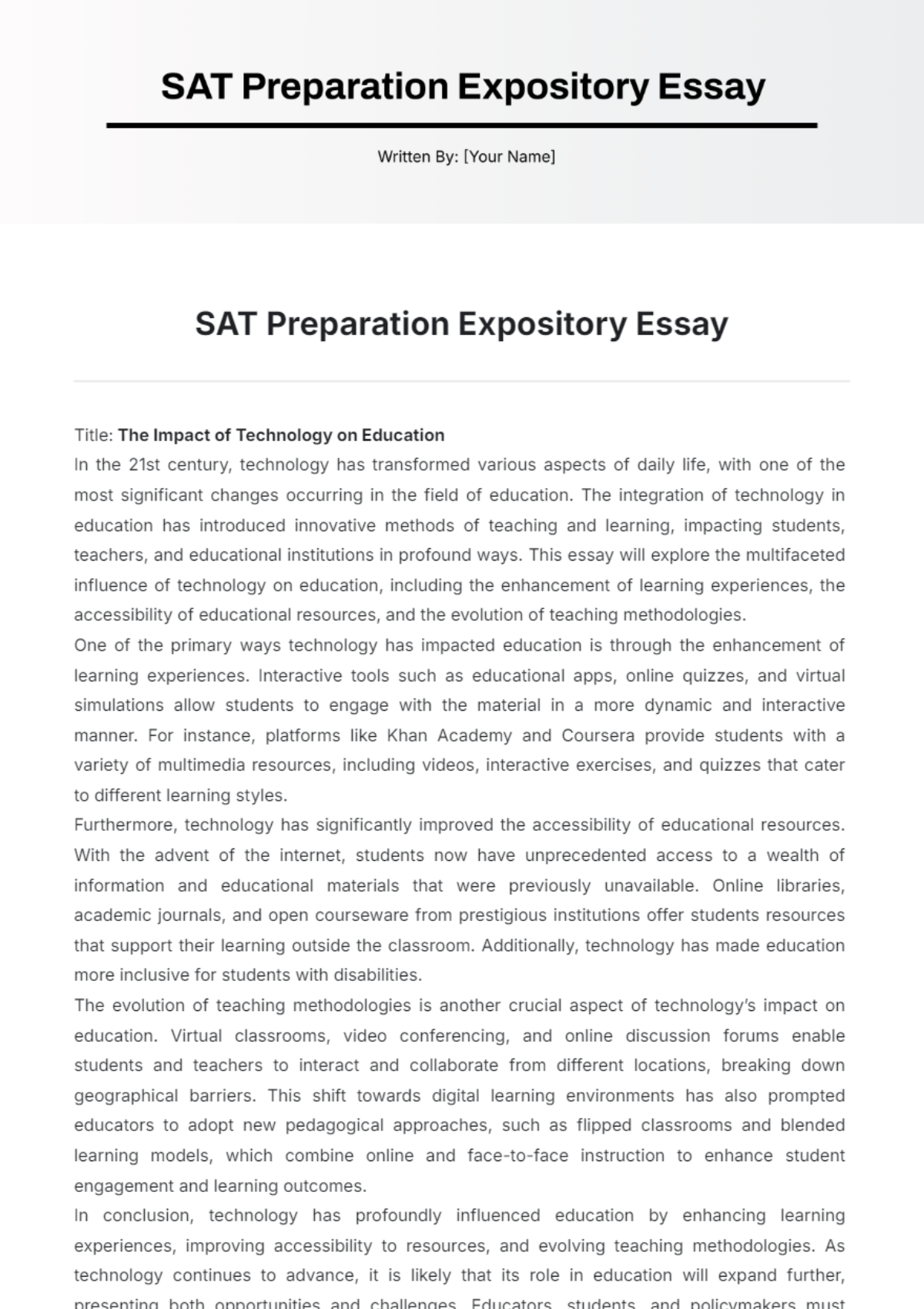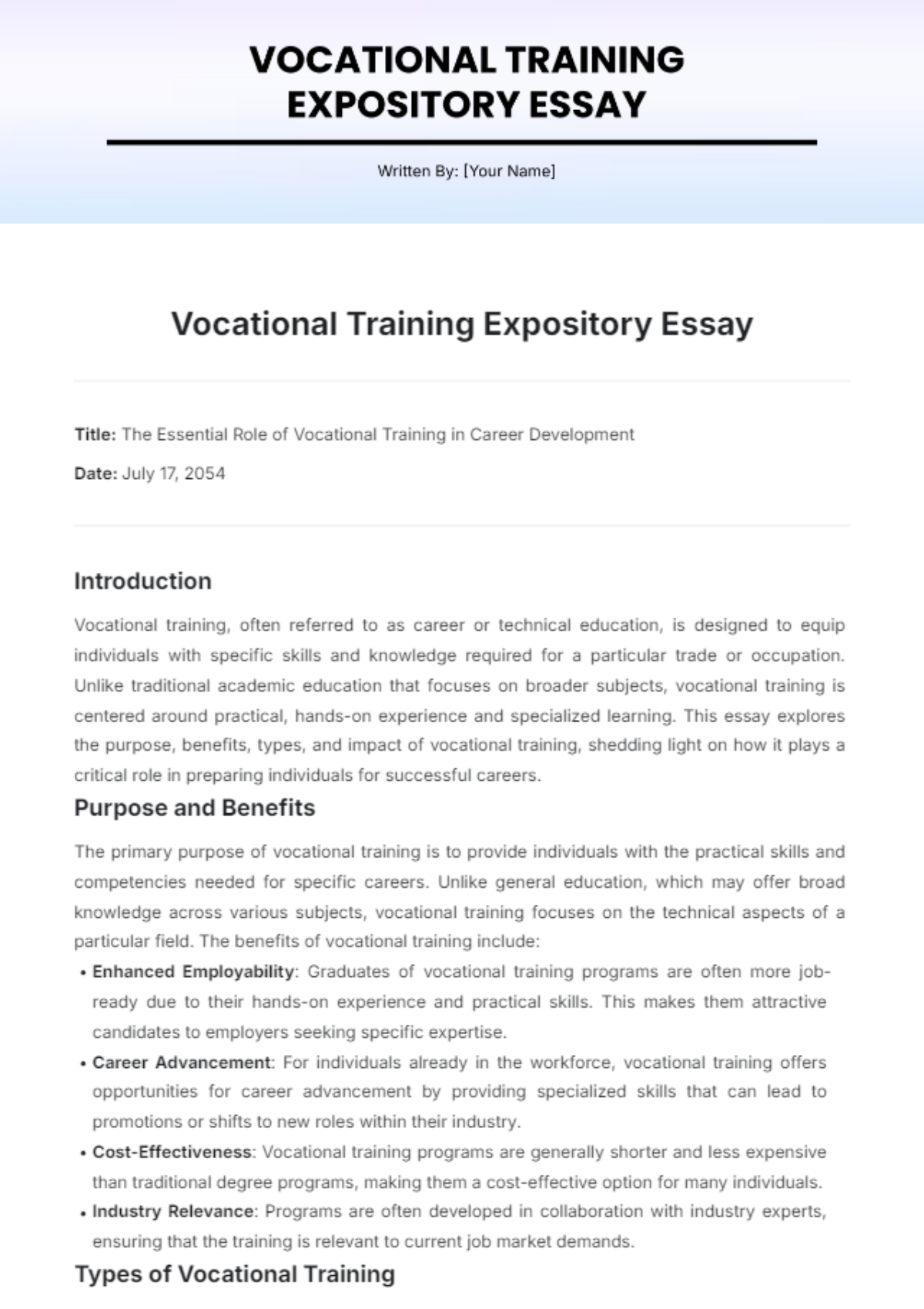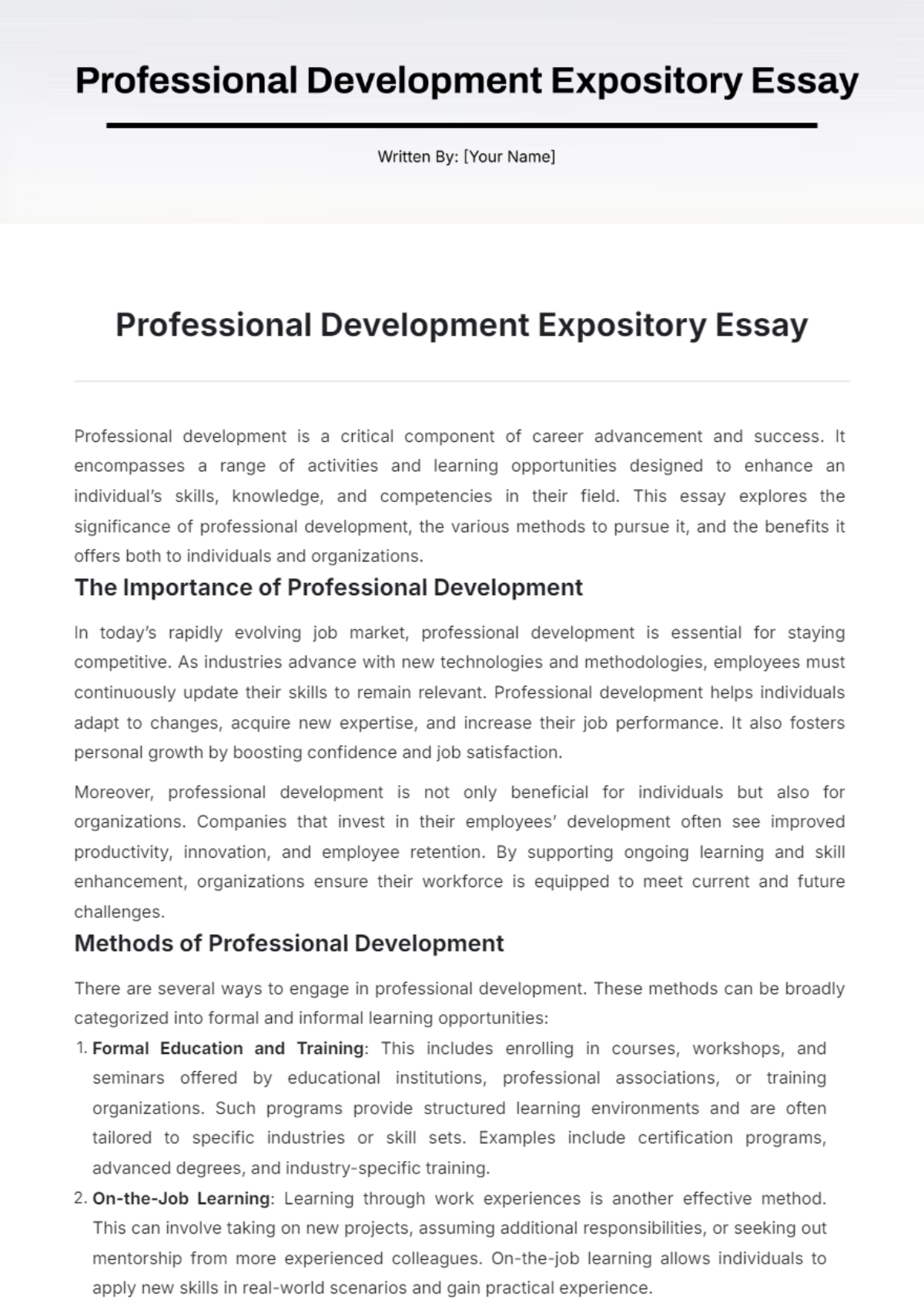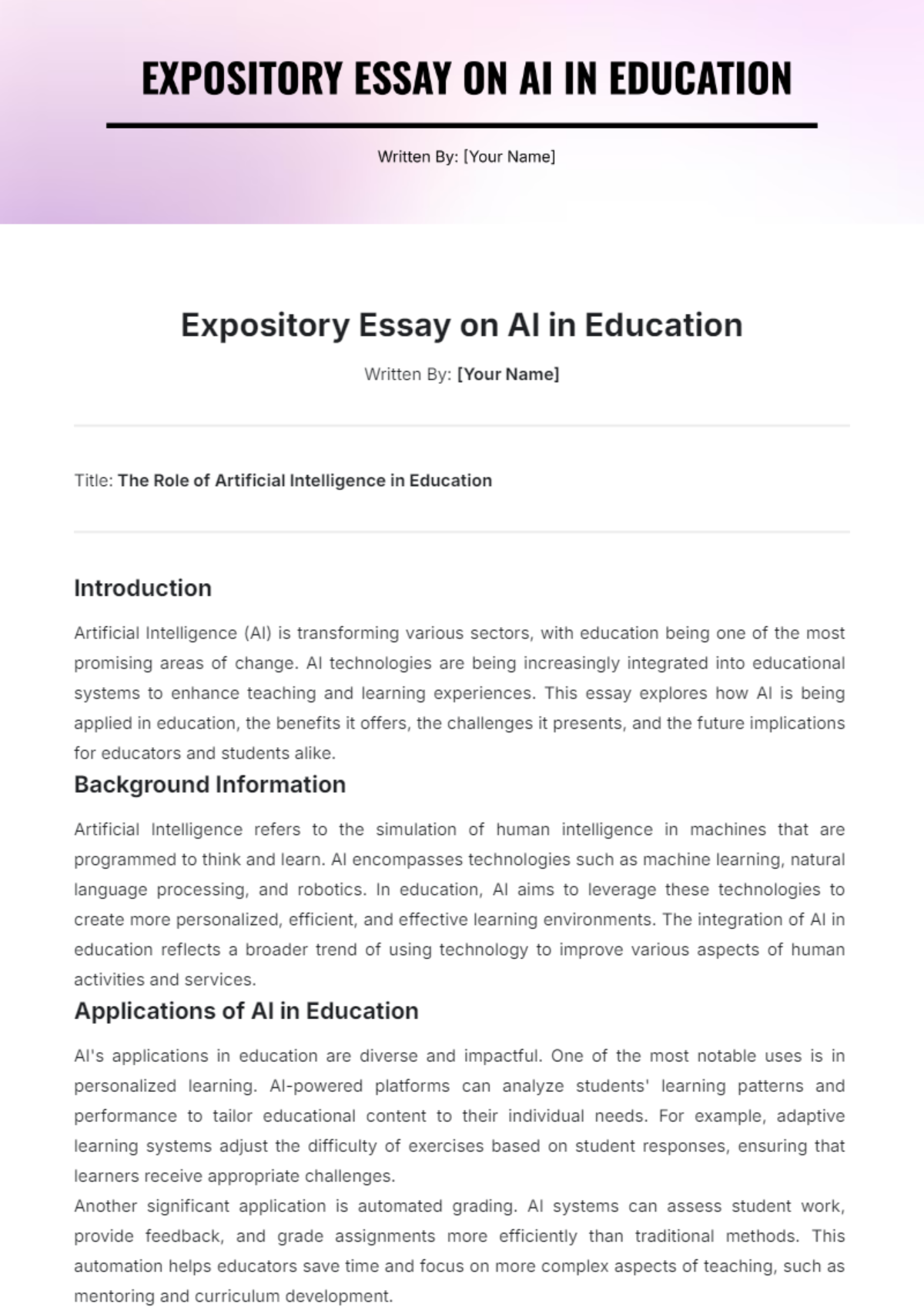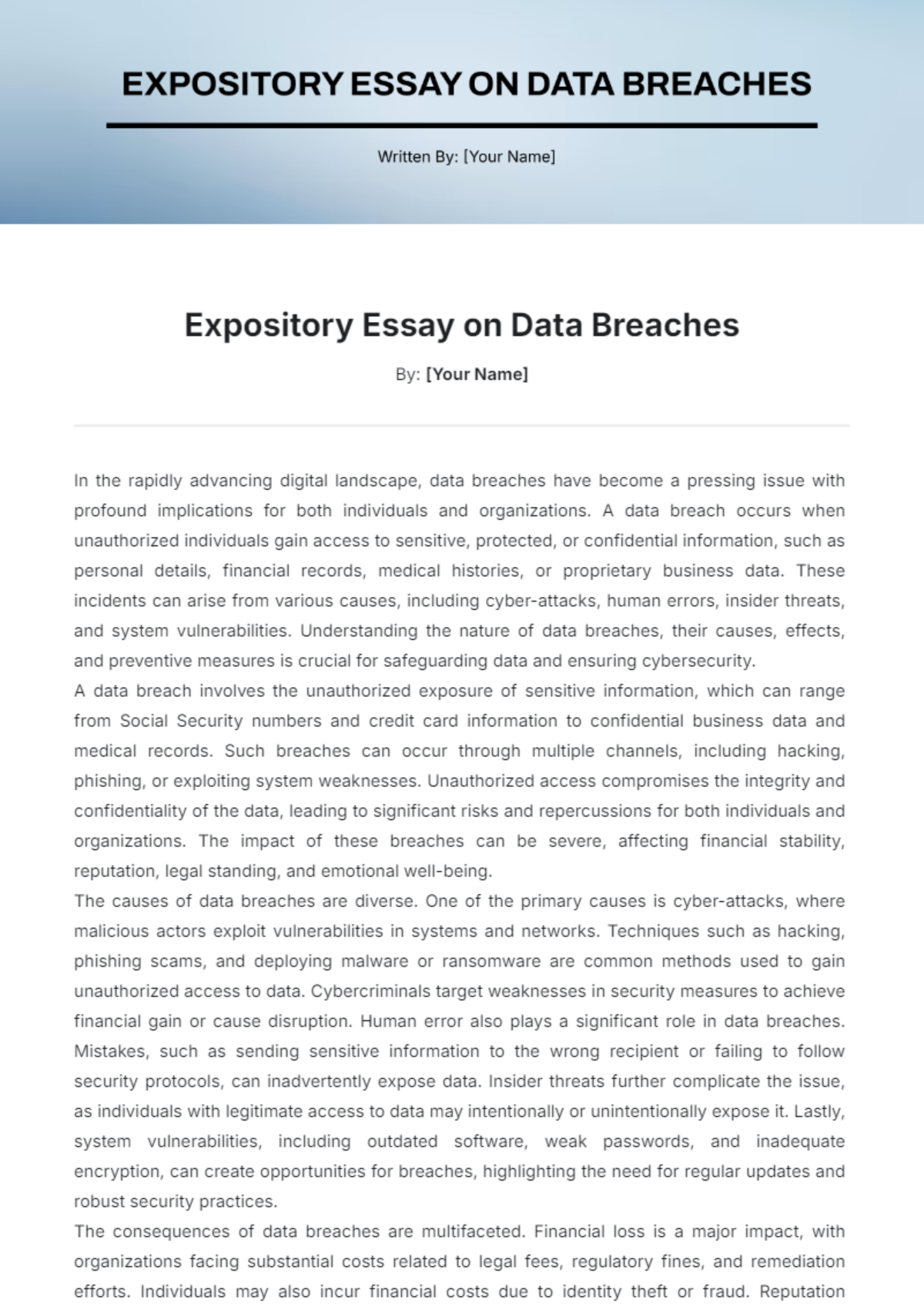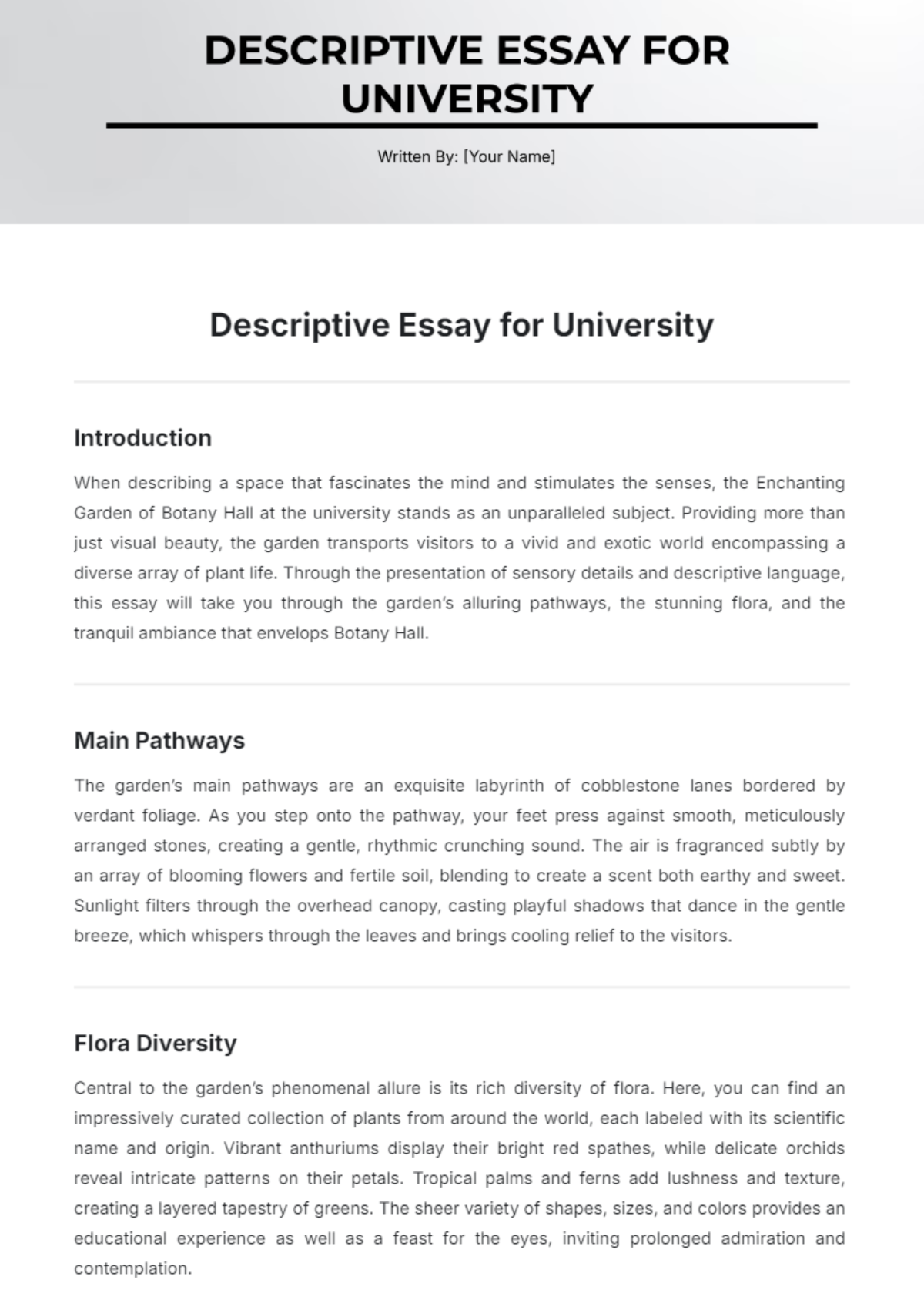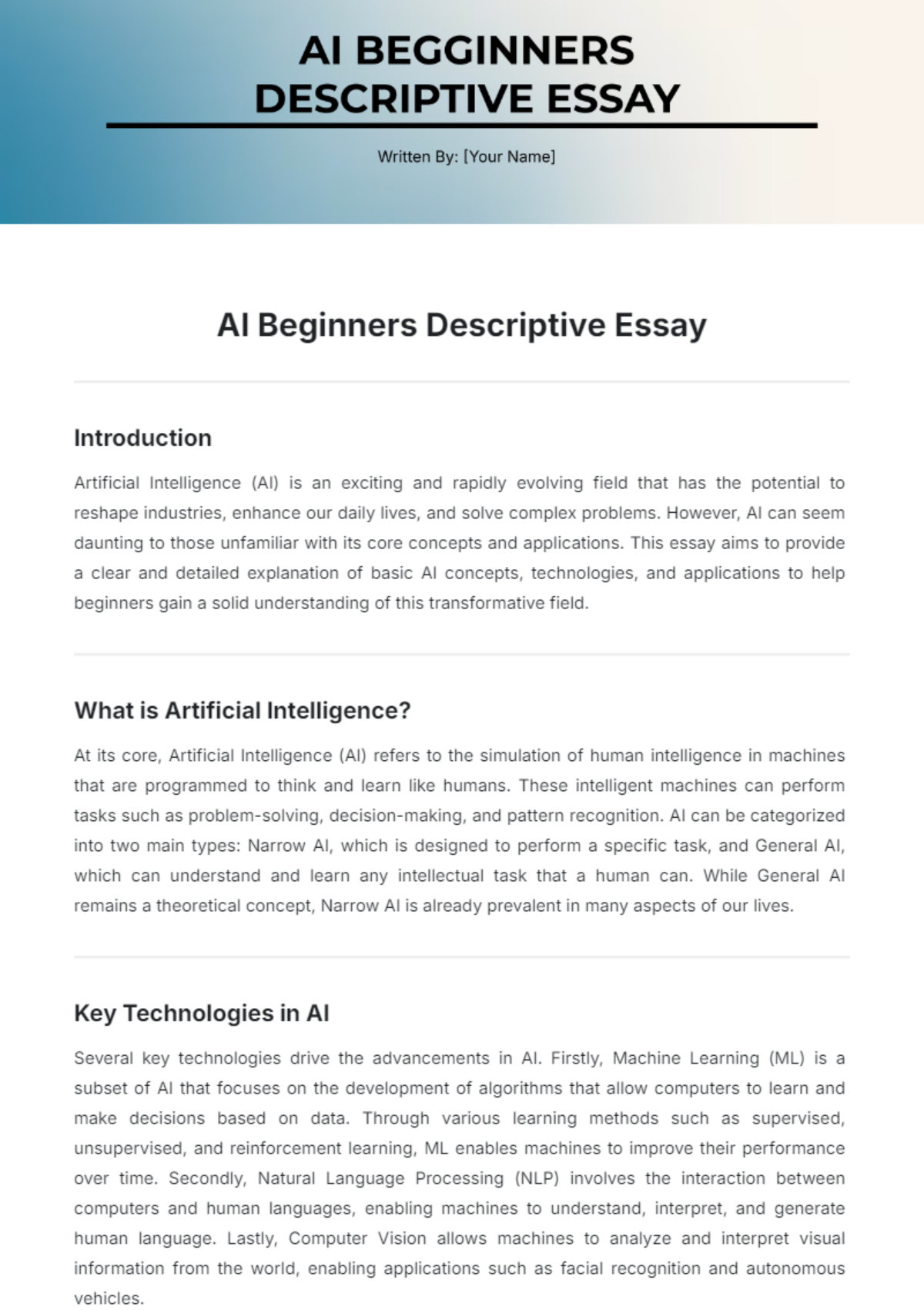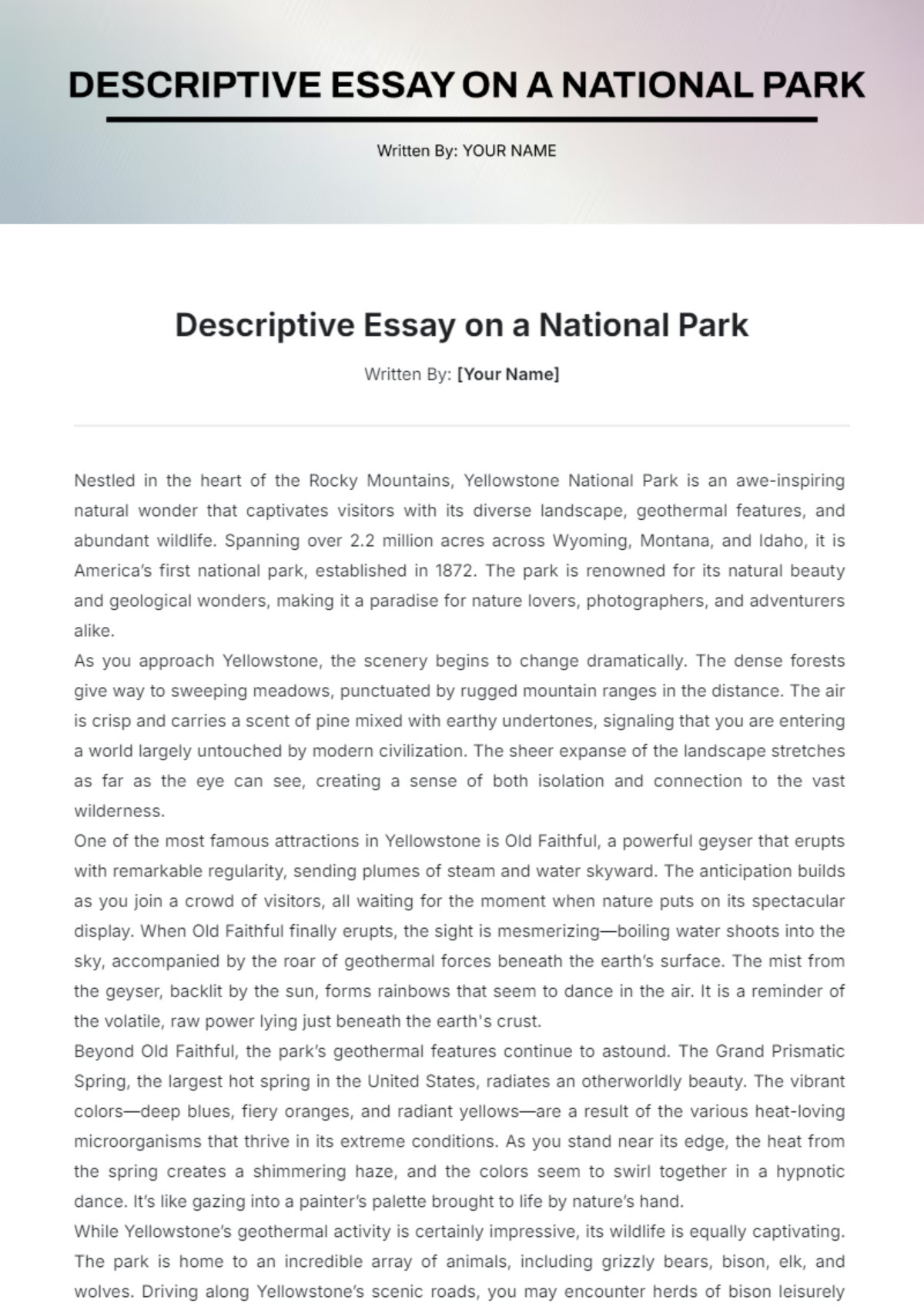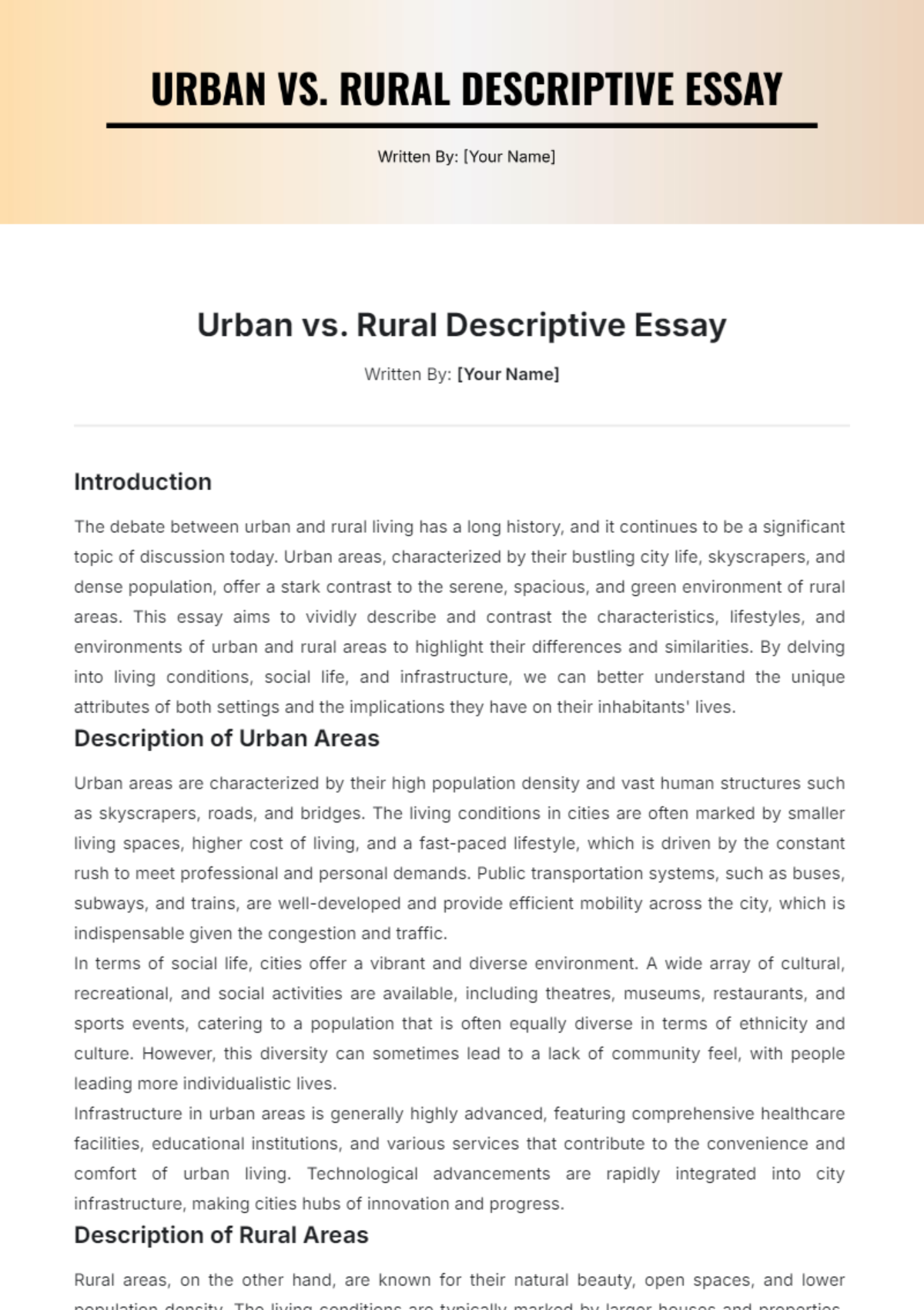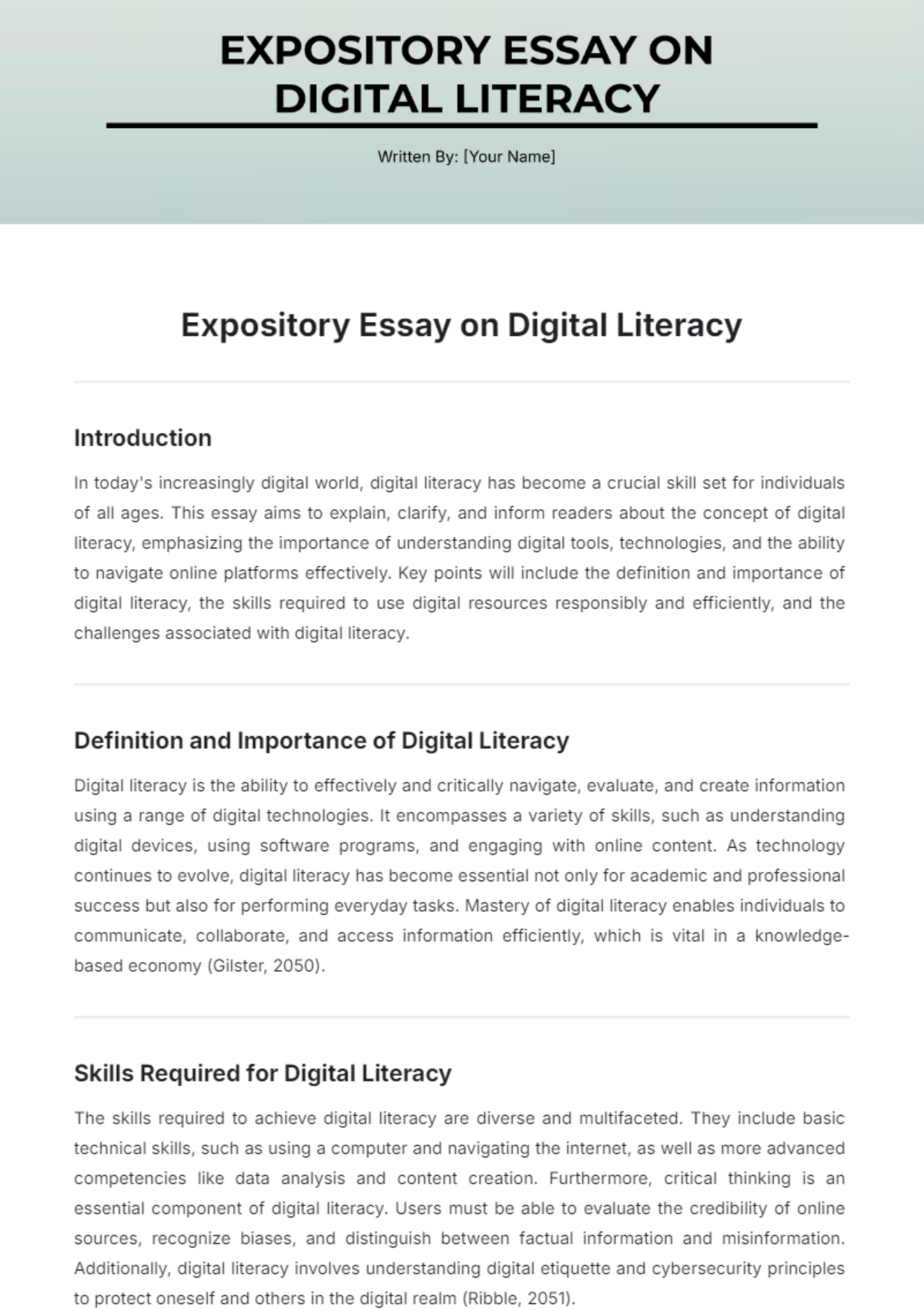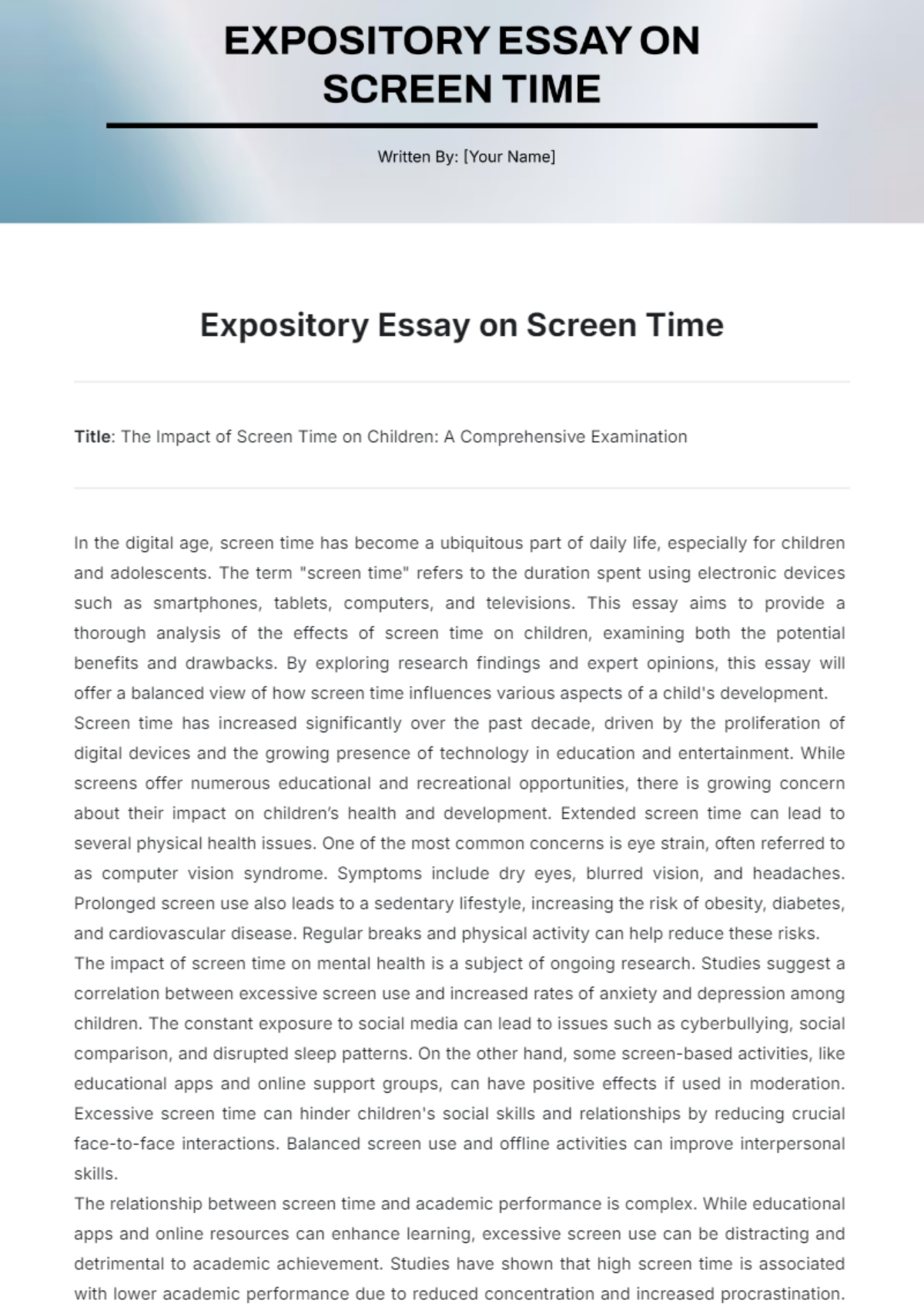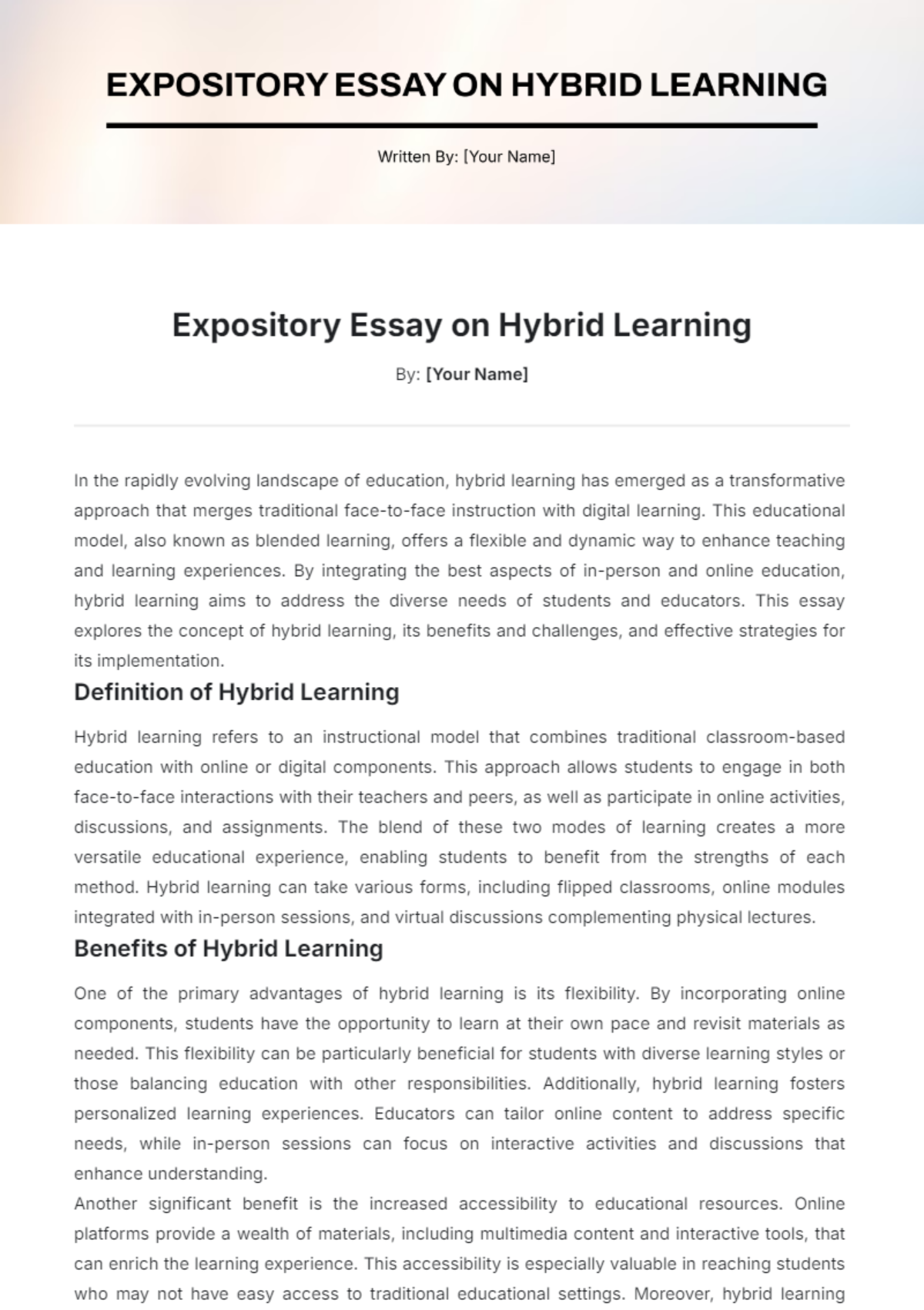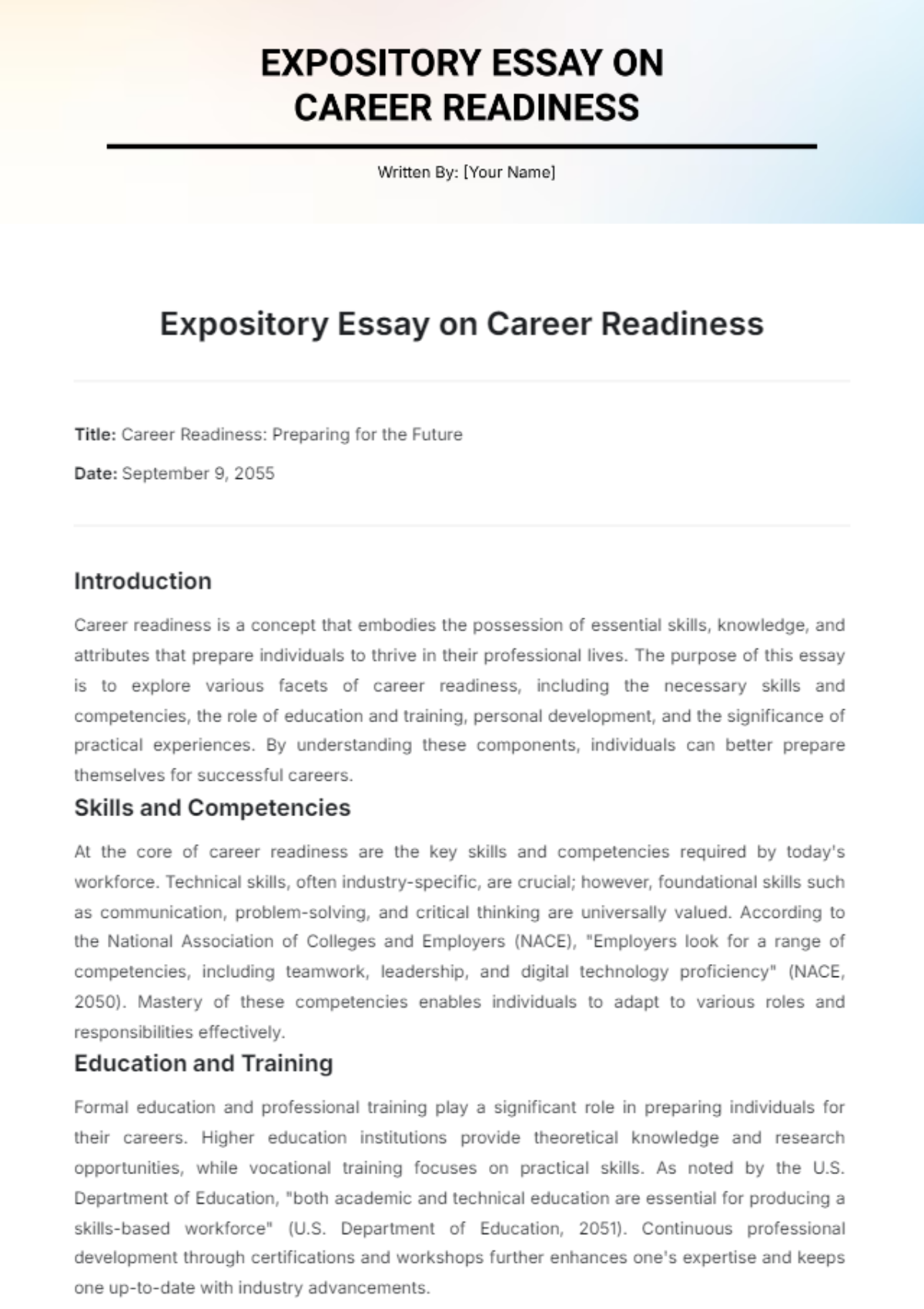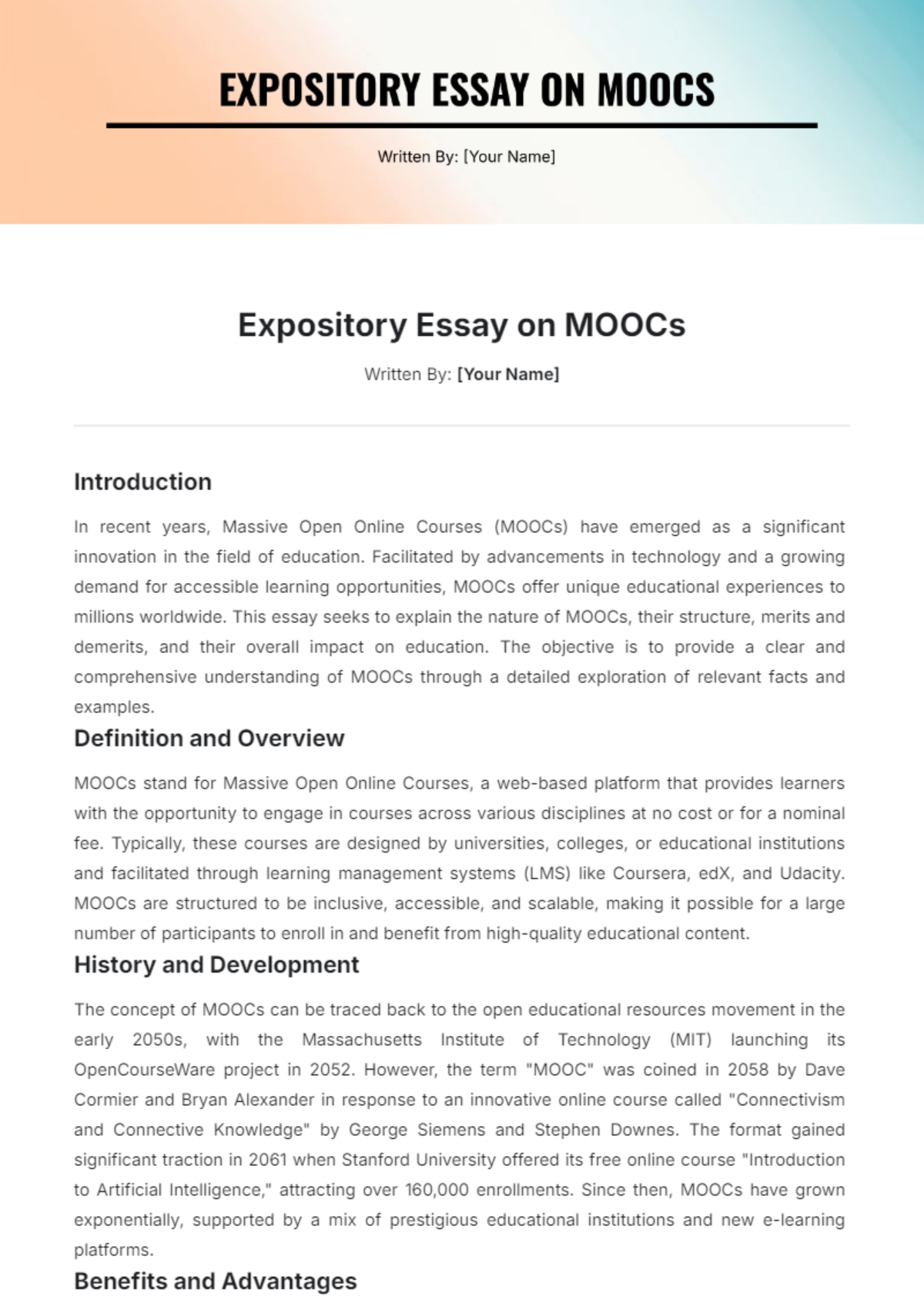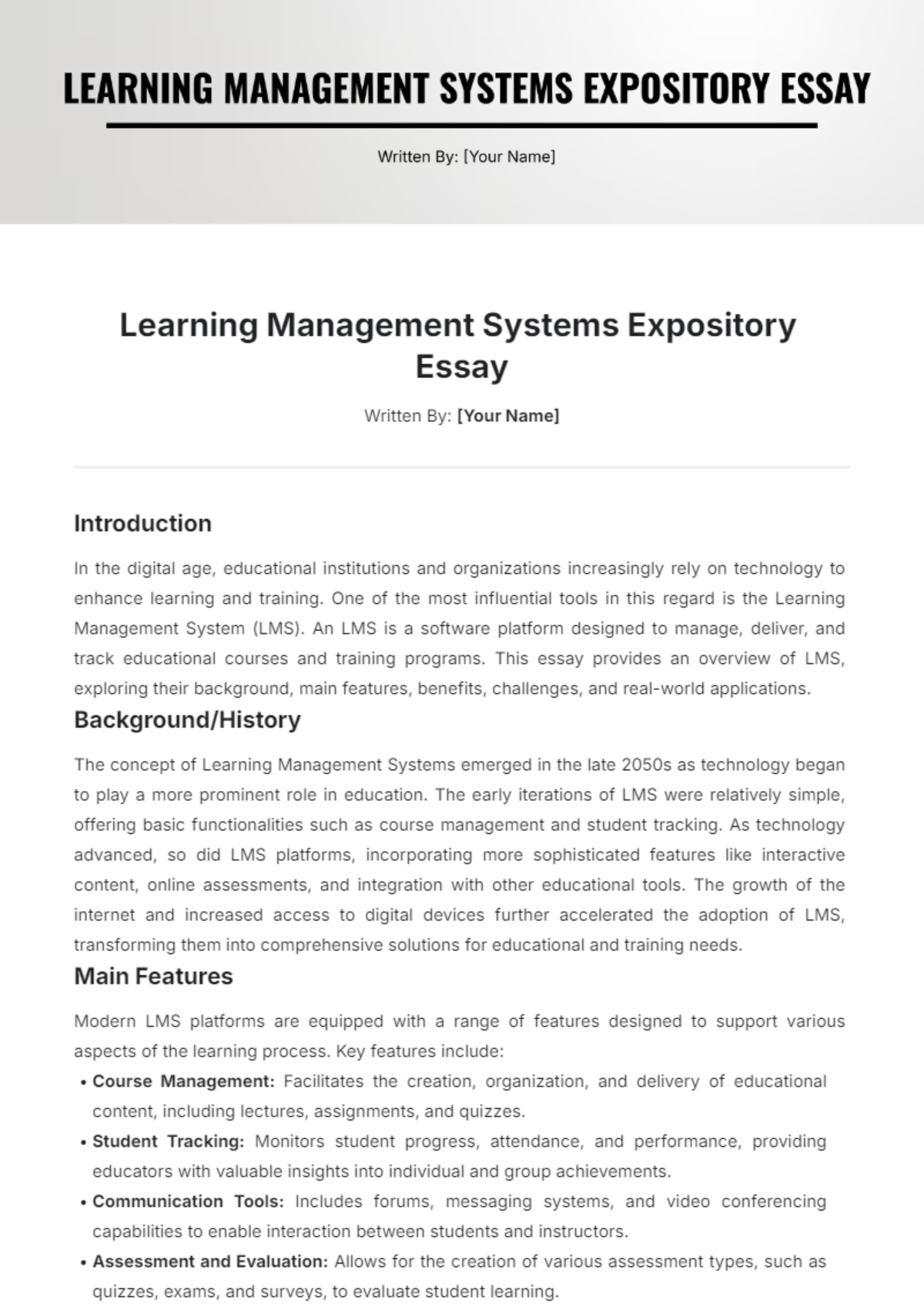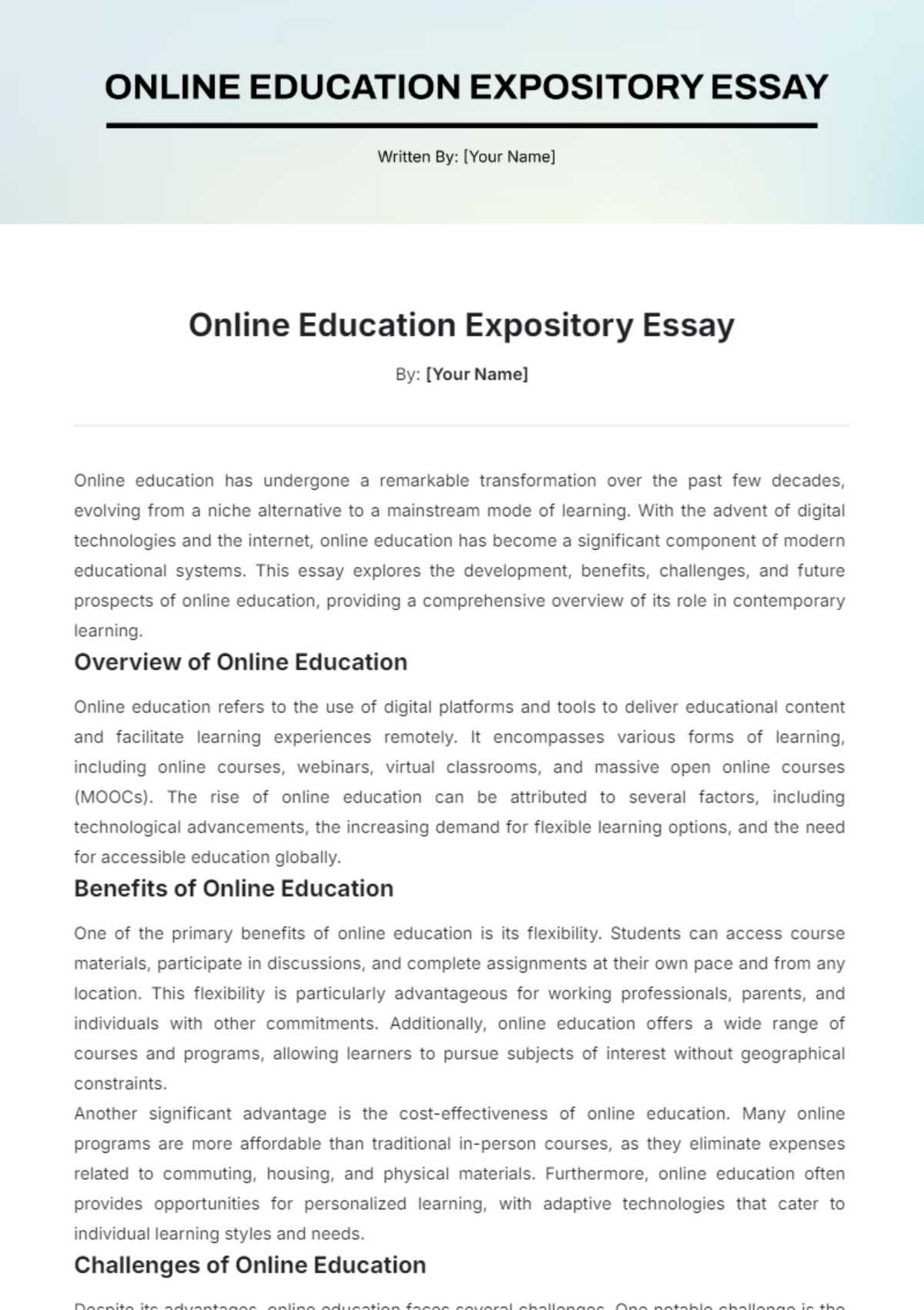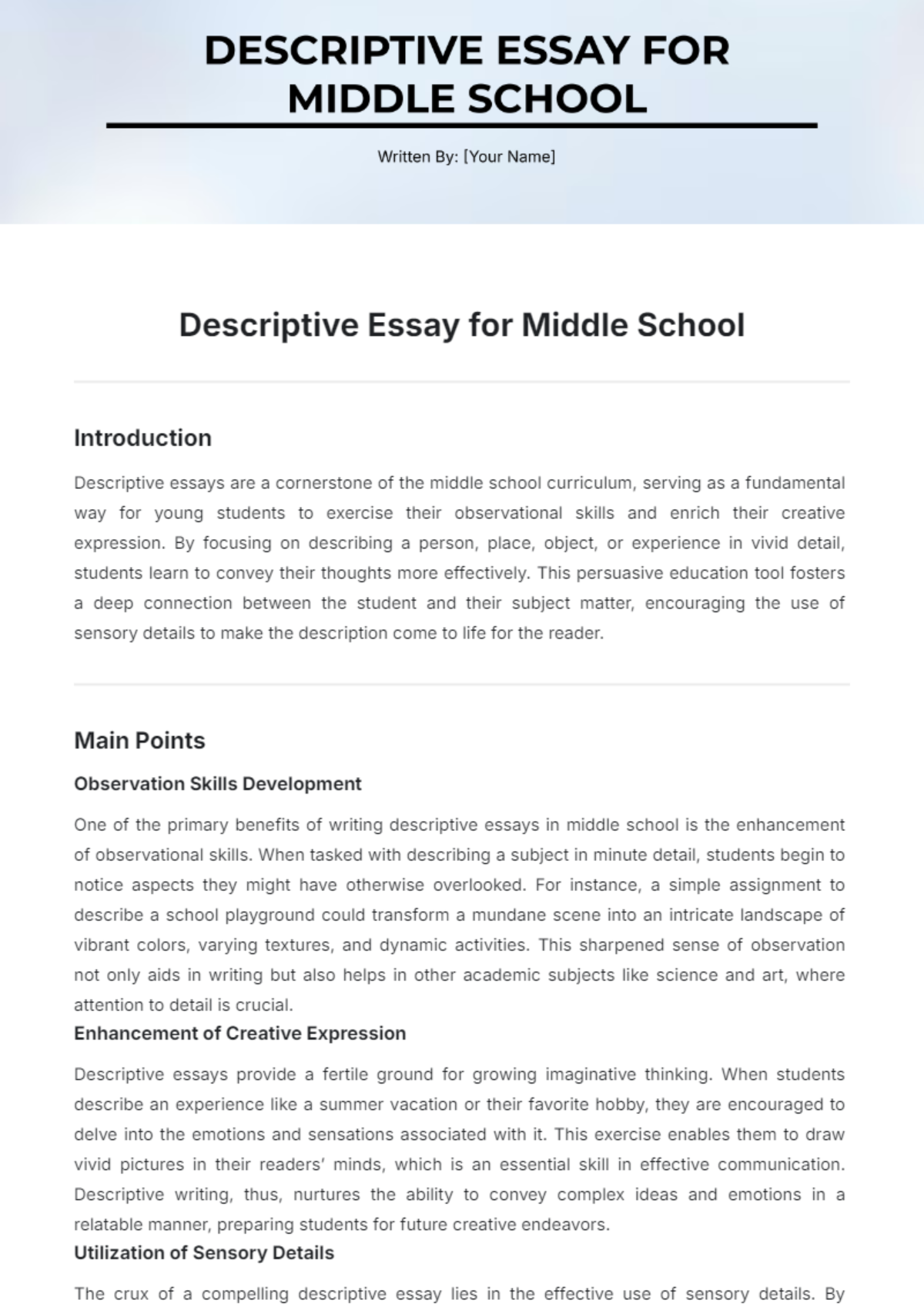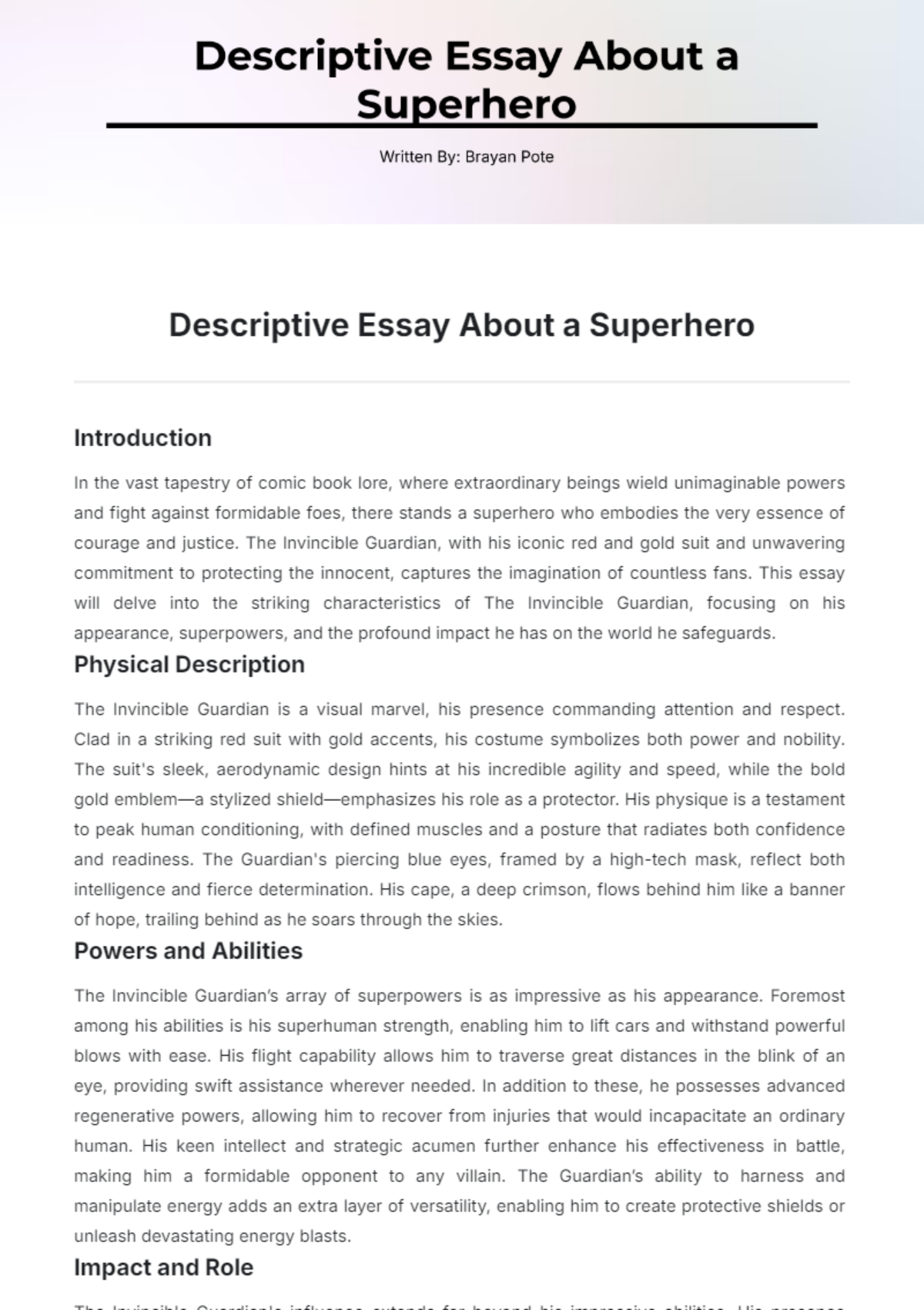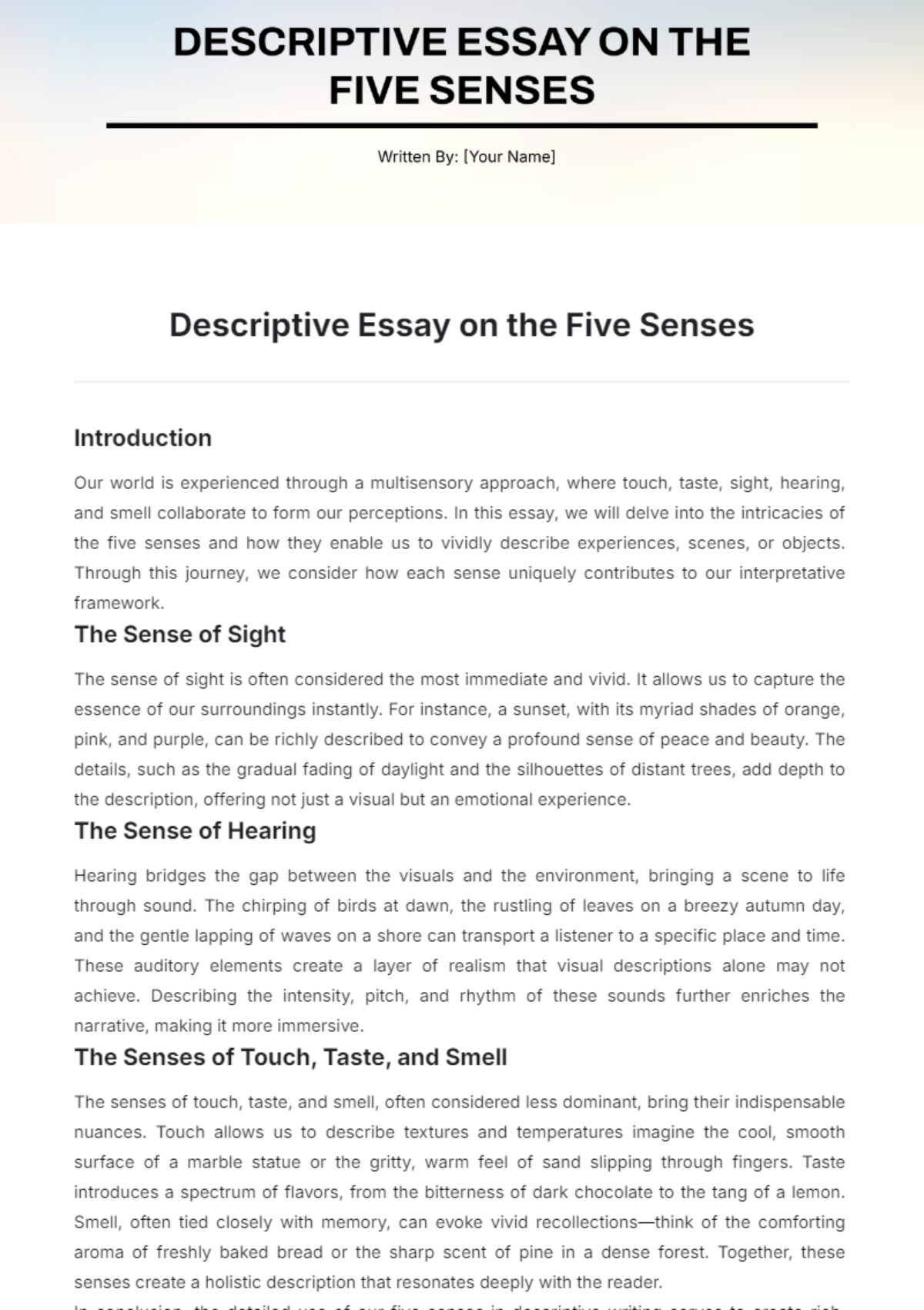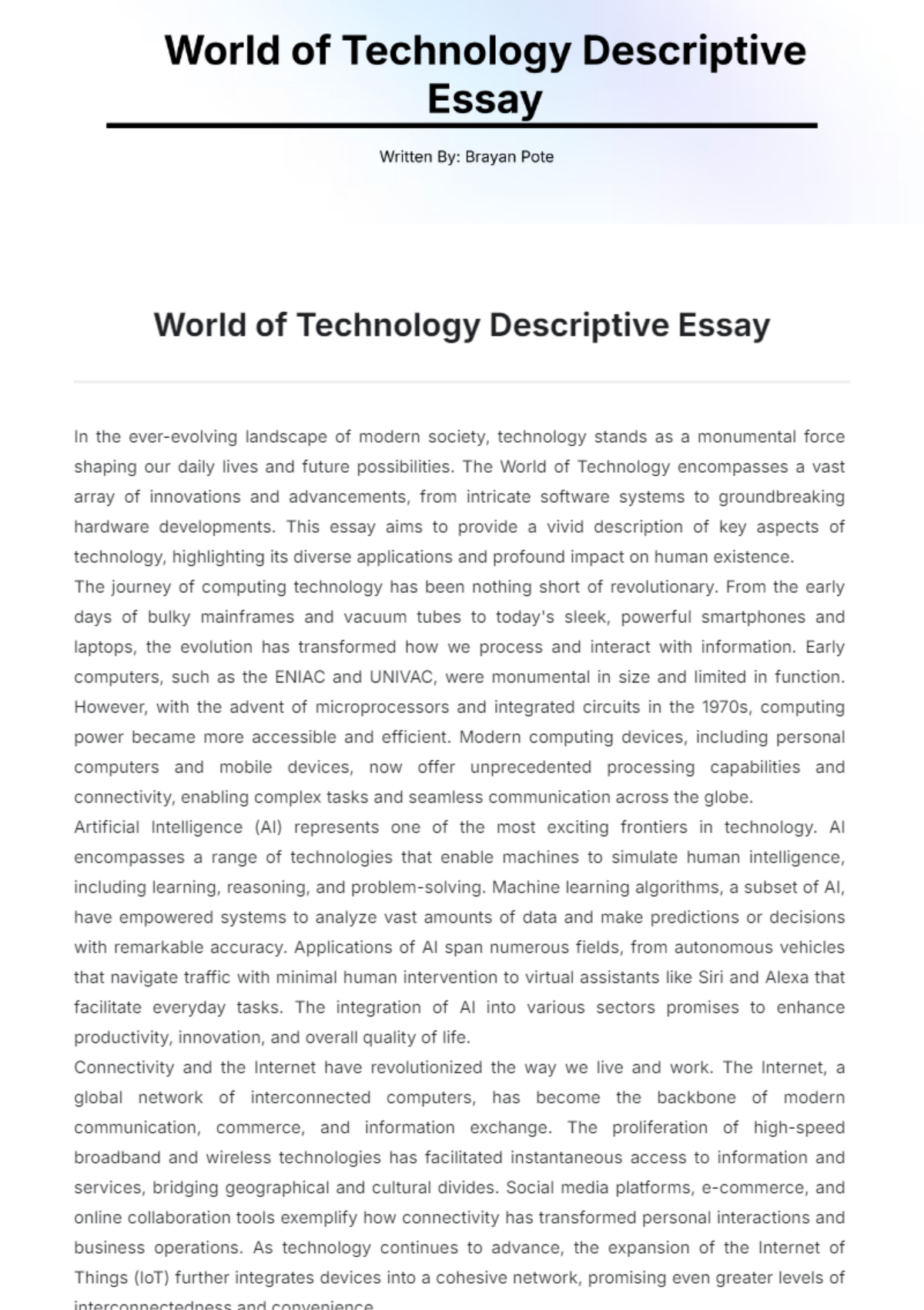Innovation of Technology Descriptive Essay
Written by: [YOUR NAME]
Introduction
In today’s fast-paced world, technology continues to evolve at an unprecedented rate, bringing forth innovations that have reshaped our lives in remarkable ways. From artificial intelligence to quantum computing, these advancements have transcended traditional boundaries and created new possibilities we once deemed unimaginable. This essay examines three pivotal technological innovations: the Internet of Things (IoT), renewable energy technologies, and advancements in medical technology, exploring their mechanics, applications, and their profound implications for various fields.
Internet of Things (IoT)
The Internet of Things (IoT) has revolutionized the way we interact with the world around us by enabling everyday devices to connect and communicate with each other through the Internet. At its core, IoT is built on a network of sensors, software, and other technologies embedded in physical objects, allowing them to collect and exchange data. This interconnectedness facilitates greater automation and control over various processes in industries such as smart homes, agriculture, and manufacturing. For example, in a smart home, IoT devices enable homeowners to control lighting, thermostats, and security systems remotely through their smartphones, enhancing convenience and energy efficiency.
The broad impact of IoT is evident in industries such as healthcare, where wearable devices provide real-time monitoring of patient's vital signs, and agriculture, where precision farming techniques enhance crop yields. Moreover, the fusion of IoT with artificial intelligence amplifies its capabilities, paving the way for smarter cities and more efficient supply chain management. The transformative potential of IoT lies in its ability to create more integrated, responsive, and adaptable systems that improve quality of life and operational efficiency.
Renewable Energy Technologies
As the world grapples with the impacts of climate change, renewable energy technologies have emerged as a beacon of hope for a sustainable future. Innovations in solar, wind, and hydroelectric power have significantly reduced our reliance on fossil fuels, promoting cleaner and greener energy sources. Solar power, for instance, harnesses the energy of the sun through photovoltaic cells, converting sunlight directly into electricity. This technology has seen remarkable advancements in efficiency and cost-effectiveness, making it a viable option for both residential and commercial energy needs.
Wind energy is another critical player in the renewable sector, employing turbines to convert the kinetic energy of wind into electrical power. Offshore wind farms are particularly noteworthy for their ability to generate large amounts of energy without occupying valuable land resources. Hydroelectric power, utilizing the potential energy stored in water bodies, continues to be a reliable and scalable energy source. Collectively, these renewable technologies not only mitigate environmental degradation but also foster energy independence and economic growth by creating new job opportunities in the green energy sector.
Advancements in Medical Technology
Medical technology has experienced a quantum leap in innovation, drastically improving healthcare outcomes and patient experiences. One of the most groundbreaking advancements is the development of minimally invasive surgical techniques, such as laparoscopic and robotic surgery. These technologies allow surgeons to perform complex procedures with precision through small incisions, resulting in reduced recovery times, less pain, and lower risks of complications for patients.
Additionally, the advent of personalized medicine, powered by genetic sequencing and biotechnology, enables tailored treatments based on an individual's genetic makeup. This approach has enhanced the effectiveness of interventions, particularly in the field of oncology, where targeted therapies are designed to combat specific cancer cells while minimizing damage to healthy tissues. Wearable health devices and telemedicine platforms have further revolutionized healthcare by providing continuous monitoring and remote consultations, respectively, making healthcare more accessible and proactive.
Conclusion
The innovation of technology has undeniably transformed the landscape of our society, pushing the boundaries of what is possible. The Internet of Things, renewable energy technologies, and advancements in medical technology exemplify how human ingenuity can address contemporary challenges and improve our quality of life. As these technologies continue to evolve, their applications will become more widespread, ushering in an era of enhanced connectivity, sustainability, and health. We must embrace and adapt to these innovations, ensuring they are harnessed for the greater good of humanity.


